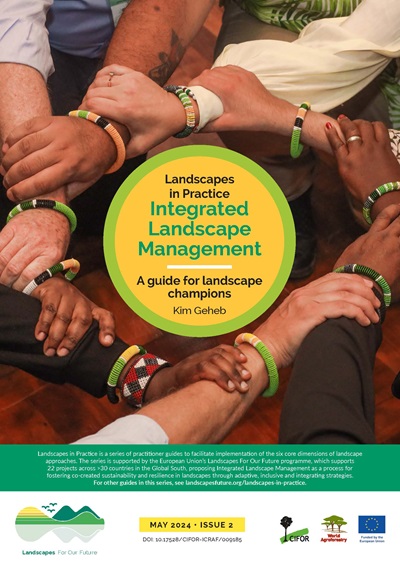Understanding spatial variability of soil properties is essential to support land management decisions. However, despite the growing worldwide emphasis on integrated landscape management, soil variations resulting from land use changes have rarely been documented. The study used the land health surveillance concept in combination with simple geostatistical approaches to describe key soil properties among land use types and characterize their spatial variability in the highlands of Cameroon. A total of 320 soil samples were collected in two sites with contrasting land uses (agricultural and pasture) and were analyzed for granulometric fraction, soil organic carbon (SOC), nitrogen (N), soil reaction (pH), phosphorous (P), calcium (Ca), potassium (K), magnesium (Mg), aluminum(Al) and zinc (Zn). The spatial correlations between the soil properties revealed the factors responsible for the observed differences and showed that wide ranges were obtained in agricultural site as opposed to pasture.SOC and N decreased in the order of forest N grassland N fallow N croplands N pasture due to inherent soil properties, anthropogenic activities, land cover/land use and topographic factors. Kriged maps provided detailed visualizationof soil properties at landscape scale, and helped to identify critical areas for targeted land management interventions to improve land quality. The spatial distribution of selected soil properties showed a well-defined pattern of higher concentrations in the lowlands and valleys and areas with permanent vegetation cover in both sites. These results are useful for improving the efficient use of inputs such fertilizers. Context-specific land management based on spatial variability of soil properties is highly recommended and more research is required to generalize our knowledge about spatial variability of soil health indicators and the casual factors in the highlands of Cameroon.
DOI:
https://doi.org/10.1016/j.gexplo.2017.03.014
Altmetric score:
Dimensions Citation Count:

Publication year
2017
Authors
Takoutsing, B.; Martín, J.A.R.; Weber, J.C.; Shepherd, K.; Sila, A.; Tondoh, J.
Language
English
Keywords
landscape conservation, highlands, potassium, spatial distribution, soil quality, soil, land management
Geographic
Cameroon























